Why we care about adtech: The complete guide
Martech
MARCH 15, 2022
At its core, programmatic ad buying is software-driven technology that seeks to automate all or parts of the ad buying process that were previously done manually. This has two benefits: Ad buying efficiency : Programmatic advertising improves the speed and scale of the ad buying process. Demand-side platforms.



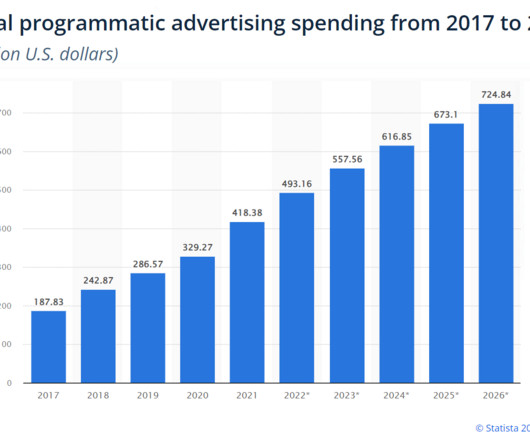
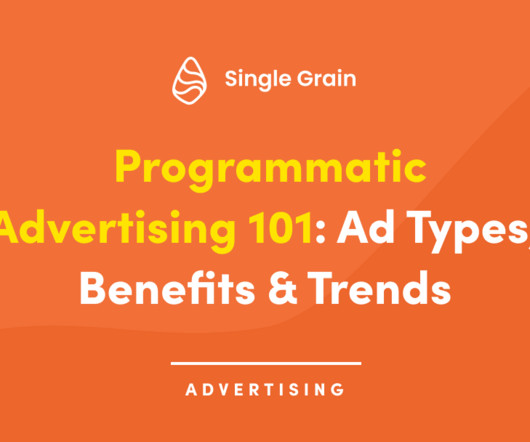
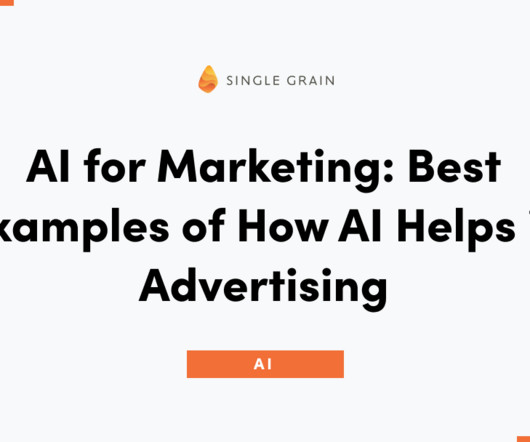
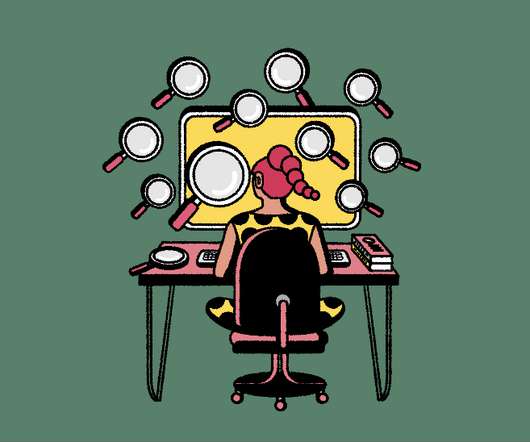
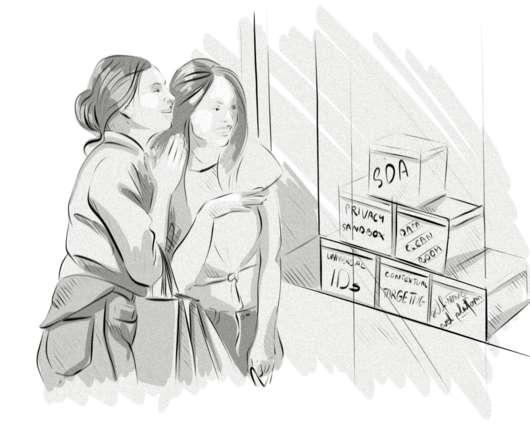






Let's personalize your content